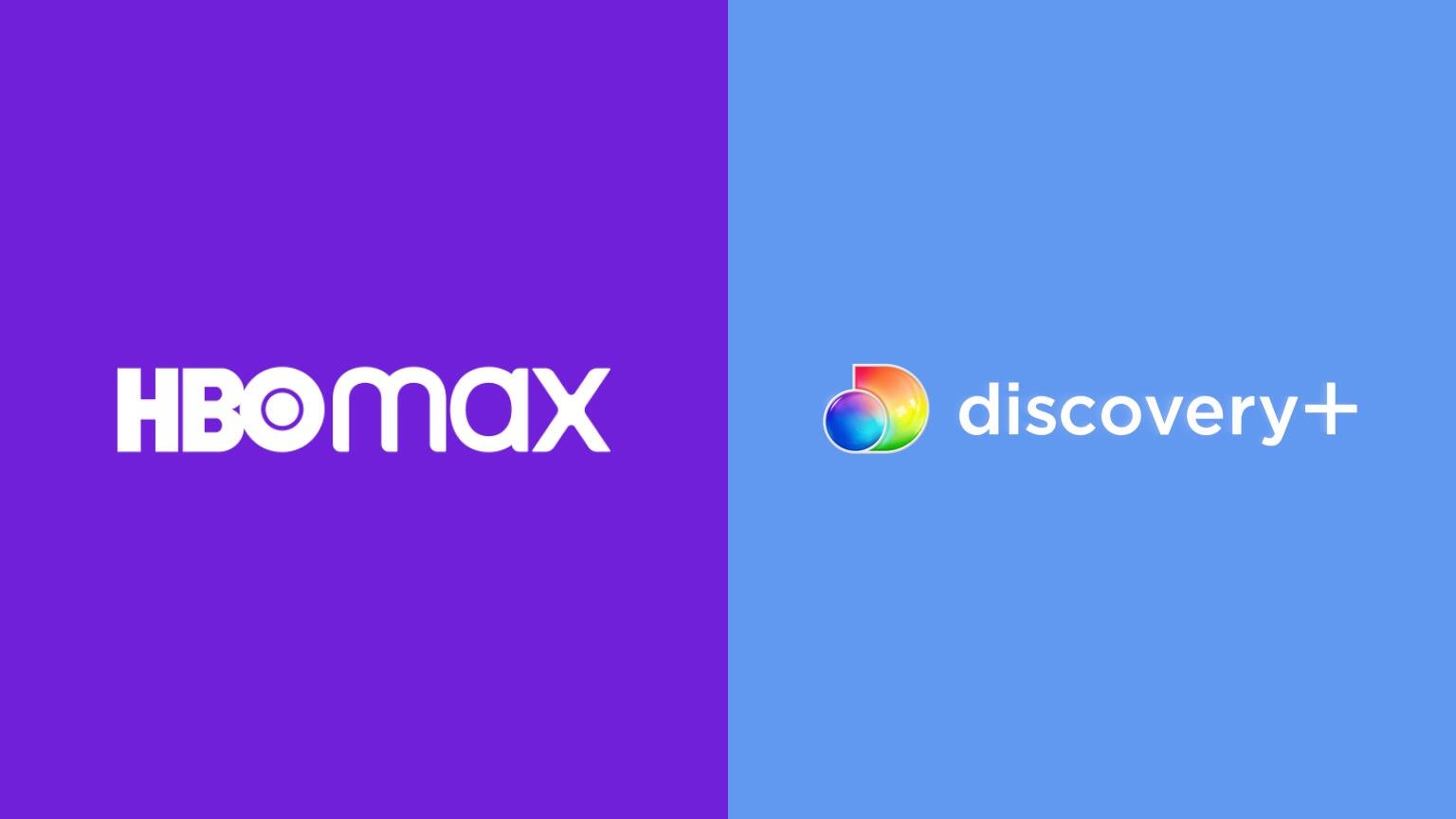HBO Max and Discovery+ Add 1.7MM Subscribers for a Combined 92.1MM in Q2, Domestic Subscribers Down 300K
HBO Max and Discovery+ Add 1.7MM Subscribers for a Combined 92.1MM in Q2, Domestic Subscribers Down 300K

Due to Discovery’s acquisition of Warner Media earlier this year, HBO Max has been going through a rather tumultuous few months under the unified Warner Bros. Discovery umbrella. The new company refused to release individual service numbers today, merely saying that HBO Max and discovery+ combined for 92.1 million subscribers. That number is up 1.7 million from the end of Q1.
HBO Max had 76.8 million subscribers by itself at the end of March. Discovery+ reported having 24 million direct-to-consumer (DTC) customers at the end of Q1. By reporting combined numbers, it’s impossible to know how each service was impacted individually.
The company announced just 4 million subscribers overlap both services.
During Q2, the combined number of subscribers fell from 53.3 million to 53 million domestically.
For comparison, at the end of the second quarter, Netflix reported having 220.67 million subscribers, keeping it far and away the largest subscription streaming service in the world. Disney has not yet reported its Q2 numbers, but as of March, Disney+ had 129.8M subscribers and Hulu had 45.3M across its on-demand and live TV platforms. Earlier in the day on Thursday, Paramount+ reported having 43M global subscribers thanks to an increase of 5.2M (before the removal of the platform in Russia) in Q2. Neither Prime Video nor Apple TV+ report subscriber totals.
Throughout the quarter, new WBD CEO David Zaslav has been singularly focused on trimming $3 billion from the company’s budget in an effort to reduce spending and pay off debt. That campaign has led to many changes and cuts — almost exclusively from the Warner Media side of the merger — and most recently, they have begun to make onlookers concerned about the future of HBO Max.
Not only has the Zaslav administration ended the short-lived streaming experiment that was CNN+, but they also stopped all scripted programming at TNT and TBS, shut down original production in multiple European countries, and have begun axing numerous high-profile projects that were very near completion. Most recently, WBD canned the HBO Max original film “Batgirl” — which was nearly finished with post-production — prompting many to be concerned about what the executive has planned for the streamer.
The concern over the direction that Zaslav is taking HBO Max is noteworthy because studies have regularly shown that customers have been extremely satisfied with the platform, oftentimes ranking it tops across all streamers. Even before the acquisition was official, then-Discovery executives have been open about their plan to unify HBO Max and discovery+ as a matter of principle.
Zaslav’s regime had overseen launches of individual streamers for each Discovery network and saw them all underachieve. However, when combined under a single umbrella, the service became successful and profitable. WBD now hopes to replicate that on a much grander scale with the two disparate streamers becoming one in the “not-too-distant future.”
However, while there are small pockets of overlap, the content on the two platforms as a whole could not be more different; in terms of focus, budget, and perceived level of quality. As Zaslav continues to strip back the types of content that have helped HBO Max quickly become a vital part of the streaming industry, some are concerned that the platform will lose the focus and edge that made it — and its cable predecessor — such a force for quality programming.
During the quarter, select HBO Max customers were offered a substantial discount to discovery+ and last month, reports circulated that the streamer could be joining discovery+ on Amazon Prime Video Channels; two moves that many saw as not only steps toward an eventual unification, but also away from the Warner Media strategy of running HBO Max.
Despite the growing concerns over the direction that the new executives were taking the streamer, there were a number of other notable updates for HBO Max during Q2. After launching its ad-supported tier in June 2021, HBO Max saw nearly one-third of its subscriber base opt for the plan after the first year. In order to minimize interruptions to the viewing experience for these ad-supported viewers, in June, the streamer debuted three new ad formats: Pause Ads, Sequential Stories, and an expanded Brand Block Ad suite.
These ad updates also came just a few months after the service refreshed its app on Apple TV to address pain points for users streaming via that platform.
When last Warner Bros. Discovery executives met with analysts to discuss an earnings report, they made it clear that changes were coming to the company, and they have certainly delivered on that promise. Whether or not the Discovery-ification of HBO Max will be as complete as some fear it will be is yet to be seen, but there is no doubt that the trajectory that the streamer was on pre-merger will no longer be the path that it takes in the future.
Max
Max is a subscription video streaming service that gives access to the full HBO library, along with exclusive Max Originals. There are hubs for content from TLC, HGTV, Food Network, Discovery, TCM, Cartoon Network, Travel Channel, ID, and more. Watch hit series like “The Last of Us,” “House of the Dragon,” “Succession,” “Curb Your Enthusiasm,” and more. Thanks to the B/R Sports add-on, users can watch NBA, MLB, NHL, March Madness, and NASCAR events.

